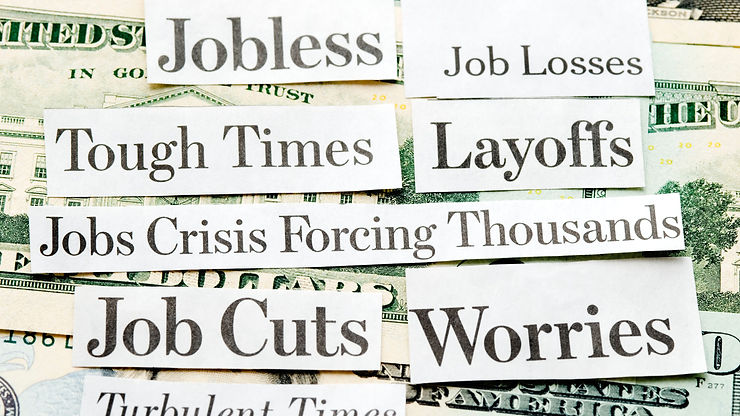US Weekly Jobless Claims Rise to 11-month High
- Staff Writer
- Aug 1, 2024
- 3 min read

Top Points:
Surge in Jobless Claims: Weekly unemployment claims reached an 11-month high at 249,000, indicating potential shifts in the labor market. This rise surpasses economists' expectations and suggests some softening in the economy.
Impact of Federal Reserve Policies: Low hiring rates and increased unemployment claims are partly attributed to the Federal Reserve's interest rate hikes in 2022 and 2023, aimed at controlling demand. Despite this, layoffs remain relatively low, showing mixed signals in the labor market.
Future Economic Outlook: The Federal Reserve maintained its interest rate range but hinted at possible rate reductions in September. This, along with a slight increase in continued unemployment benefits claims, raises concerns about the broader economic implications and highlights the need for strong, conservative economic policies to ensure stability.
Full Report:
WASHINGTON—The number of Americans filing new applications for unemployment benefits surged to an 11-month high last week, signaling potential shifts in the labor market that could have significant implications for the economy. This uptick comes amidst a period known for its volatility, and it’s crucial for Trump supporters and conservative Americans to understand the broader context.
Initial claims for state unemployment benefits jumped by 14,000 to a seasonally adjusted 249,000 for the week ending July 27, the highest level since August last year, according to the Labor Department. This figure surpassed the economists' prediction of 236,000 claims, as surveyed by Reuters.
This increase in claims has been a trend since June. Part of this rise is attributed to temporary shutdowns of motor vehicle plants for retooling and disruptions caused by Hurricane Beryl in Texas. Despite these factors, the overall trend points to a softening labor market, which could have broader implications for the country's economic stability.
Even though the claims exceeded the upper limit of their 194,000–245,000 range for this year, layoffs are still relatively low. Government data revealed that the layoffs rate in June was the lowest in over two years. However, the labor market slowdown is being driven by low hiring rates, impacted by the Federal Reserve’s interest rate hikes in 2022 and 2023 aimed at dampening demand.
Another report from Challenger, Gray & Christmas indicated that planned job cuts by U.S.-based companies dropped by 47 percent to 25,885 in July. Companies have announced 460,530 job cuts so far this year, which is down by 4.4 percent from the same period last year. Despite this, companies planned to hire 3,676 workers in July, bringing the total number of announced hires this year to 73,596—the lowest year-to-date total since 2012.
Federal Reserve Chair Jerome Powell commented on Wednesday that the changes in the labor market align with a "normalization process," but emphasized that policymakers are closely monitoring for signs of deeper issues.
The U.S. central bank maintained its benchmark overnight interest rate in the 5.25 percent—5.50 percent range, where it has been since last July, but hinted at possible rate reductions as early as September.
The number of people continuing to receive benefits after an initial week of aid, a proxy for hiring, increased by 33,000 to a seasonally adjusted 1.877 million during the week ending July 20.
While this data does not affect the upcoming July employment report, which is expected to show an increase of 175,000 nonfarm payrolls following a rise of 206,000 in June, it does raise questions about the unemployment rate, which has been forecasted to remain unchanged at 4.1 percent after three consecutive months of increases.
Understanding these dynamics is crucial for Trump supporters and conservative Americans as it highlights the importance of strong, conservative economic policies to foster job growth and economic stability.
Original Story by Reuters, Breitbart


.png)